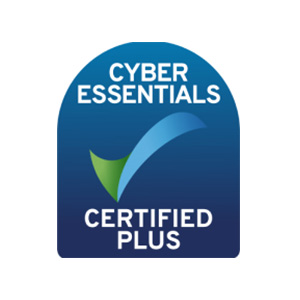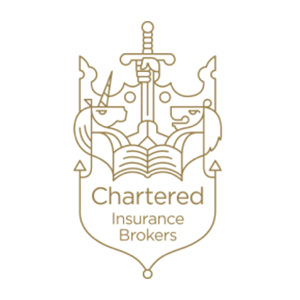
Public & Employers' Liability insurance experts
Receive personalised sector updates
SubscribeWho needs Public Liability insurance?
Accidents can happen. Whatever the size and scale of your business or organisation, if any of your work-related activities take place in a public space or you interact in a place of work with your clients, customers, suppliers or contractors, your business is exposed to public liability risks. Having the right level of Public Liability insurance will give you the peace of mind that any costs incurred as a result of an injury to a client or member of the public, damage to property and legal fees associated with the claim against you are covered.
Whilst not a legal requirement in the UK for the majority of businesses, you may be requested to have a certain level of public liability cover as part of your wider insurance programme by some industry regulators or if your organisation is a member of an industry body or association. Events, trading authorities and public sector contracts often require Public Liability insurance to be in place as part of the procurement selection criteria, and having Public Liability insurance in place can open up new opportunities in these areas of business.
Who needs Employers' Liability insurance?
Employers are responsible for the health and safety of their employees while they are at work. Your employees may be injured at work or they may become ill as a result of their work while in your employment. They might try to claim compensation from you if they believe you are responsible. The Employers’ Liability (Compulsory Insurance) Act 1969 makes it a legal requirement for most businesses to hold at least £5m cover, although in practice most Insurance companies offer £10m as a minimum.
Aside from being a legal requirement, Employers’ Liability is vital in ensuring that legal costs associated in defending your business against an employee claim or the resultant compensation costs are met and that your business is able to continue. Not all businesses are the same and the amount of cover which maybe appropriate for you and the premium required will be dependent upon several factors, which is where Griffiths & Armour can help providing professional independent guidance.
Why choose Griffiths & Armour?
At Griffiths & Armour we do broking differently, going beyond insurance. Our team of experienced insurance professionals, including brokers, risk managers and in-house claims support, manage clients across a diverse range of professions and industries. It is our unique understanding, combined with a trusted reputation in the insurance market, which enables us to find exactly the right insurance covers that precisely match your needs.
Public Liability cover is available as a standalone product, but it is not generally purchased by clients in isolation. More often, we arrange additional closely related insurance cover for our clients including Professional Indemnity insurance, Employers’ liability or Office insurance. By tailoring your insurance programme to incorporate all required insurance classes in one place, we can find the perfect cover and secure the best value, saving you both time and money.
FAQs
Public Liability insurance is a type of insurance coverage that protects businesses and individuals against the financial risk of being found legally liable for injury to a third party or damage to their property. This type of insurance is essential for businesses that interact with the public, clients, or customers, as it helps cover legal costs and compensation claims.
Public Liability insurance covers legal costs and compensation for third-party injuries or property damage caused by your business activities. It protects against claims from customers, visitors, or the public, ensuring financial protection and business continuity in case of accidents or incidents.
Public Liability insurance is essential for businesses and professionals that interact with the public, clients, or customers, including retail stores, tradespeople, event organisers, healthcare providers, and consultants.
Beyond Protection
Beyond Protection is our end-to-end support designed to empower your business at every stage.
Our team gives you the tools to increase resilience and create peace of mind, no matter the challenge.







